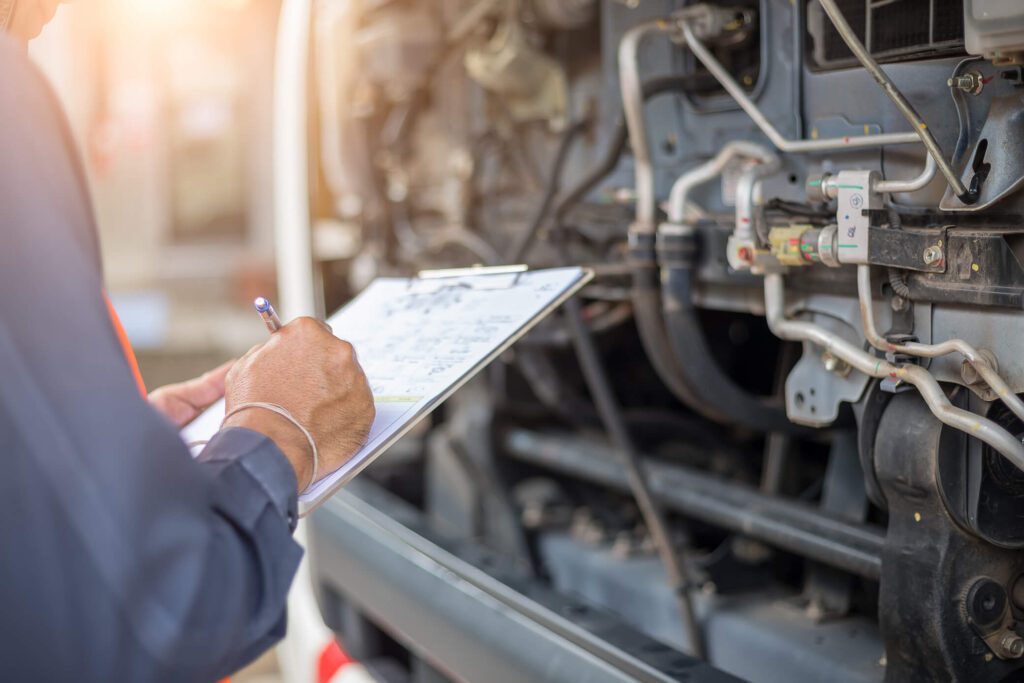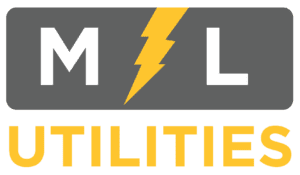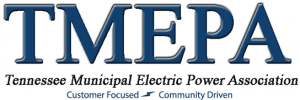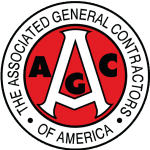For commercial vehicle operators, understanding the nuances of DOT inspections is vital. These inspections encompass a wide range of criteria, including vehicle maintenance, driver qualifications, and adherence to federal regulations. Whether you are a fleet manager overseeing multiple vehicles or an owner-operator managing your own rig, familiarity with the inspection process can significantly impact your operational efficiency and safety record.
In this article, we will delve into the specifics of DOT truck inspections for commercial vehicles, exploring their purpose, what to expect during an inspection, and how to prepare effectively. By shedding light on this critical aspect of transportation regulation, we aim to equip you with the knowledge necessary to navigate the complexities of DOT compliance while ensuring that your vehicles remain safe and roadworthy.
1. What is a DOT Inspection and Why is it Important for Commercial Vehicles?
A DOT inspection, short for Department of Transportation inspection, is a thorough examination of commercial vehicles to ensure they comply with safety regulations and standards set by the Federal Motor Carrier Safety Administration (FMCSA). These inspections are crucial for maintaining the safety of both the drivers and the public on the roads. They help identify and rectify any potential issues that could compromise the safe operation of commercial vehicles.
DOT inspections are also essential for ensuring that commercial vehicles are in compliance with federal regulations, which helps to maintain the integrity of the transportation industry. It is also important for commercial vehicles because they help prevent accidents and ensure that vehicles are operating safely and efficiently. By identifying and addressing potential safety hazards, these inspections contribute to reducing the risk of accidents on the roads.
Additionally, they help maintain the overall integrity of the commercial transportation industry by ensuring that vehicles meet the required safety standards and regulations.
2. The Components of a DOT Inspection: A Breakdown of What’s Checked
i. Key Components Inspected During a DOT Inspection
During a Department of Transportation (DOT) inspection, several key components of a commercial vehicle are thoroughly examined to ensure compliance with safety regulations. These components include but are not limited to the vehicle’s braking system, tires, lights, steering and suspension, fuel system, exhaust system, and cargo securement. The inspection also covers essential documents such as the driver’s license, medical examiner’s certificate, record of duty status, vehicle inspection report, and hazardous materials documentation.
ii. Inspecting Critical Vehicle Systems
The braking system is a critical component that is thoroughly checked during a DOT truck inspection. Inspectors examine the condition of brake pads, drums, rotors, hoses, and air lines to ensure they are in good working order. The tires are also inspected for proper inflation, tread depth, and overall condition to ensure they meet safety standards.
iii. Additional Safety Checks
Lights, including headlights, taillights, brake lights, and turn signals, are checked to ensure they are functioning correctly. The steering and suspension systems are examined for any signs of wear or damage that could affect the vehicle’s stability and control. Additionally, the fuel and exhaust systems are inspected for leaks or other potential hazards.

3. Understanding the Different Levels of DOT Inspections and Their Requirements
DOT inspections are categorized into different levels based on their thoroughness and scope. The three primary levels of are as follows Level I, Level II, and Level III.
Level I inspections are comprehensive examinations that cover all aspects of the vehicle and driver compliance. They include a thorough examination of both the driver’s credentials and the vehicle’s components. Level II inspections focus on driver compliance and include an examination of the driver’s license, medical examiner’s certificate, record of duty status, and other essential documents.
Level III inspections are limited to a review of specific items such as driver credentials, vehicle documentation, and hazardous materials requirements.
Each level of DOT inspection has specific requirements that must be met to ensure compliance with safety regulations. For example, Level I inspections require inspectors to thoroughly examine both the driver and the vehicle, while Level II inspections focus primarily on driver compliance. Understanding the different levels of DOT inspections is essential for commercial vehicle operators to ensure they are adequately prepared for inspections and can meet the specific requirements of each level.
4. How to Prepare Your Commercial Vehicle for a DOT Inspection
Proper preparation is crucial for ensuring that a commercial vehicle passes a DOT truck inspection with flying colors. To prepare for a inspection, commercial vehicle operators should conduct regular maintenance checks to ensure that all components of the vehicle are in good working order. This includes checking the braking system, tires, lights, steering and suspension, fuel system, exhaust system, and cargo securement.
It is also essential to keep all necessary documentation up to date and readily accessible for inspection. Commercial vehicle operators should also ensure that drivers are well-trained and knowledgeable about the requirements of DOT inspections. This includes understanding the specific requirements for each level of inspection and being able to provide all necessary documentation upon request.
Additionally, maintaining open communication with drivers and addressing any potential issues promptly can help prevent violations during a DOT inspection.
5. Common Violations Found During DOT Inspections and How to Avoid Them
During DOT inspections, several common violations are frequently identified by inspectors. These violations often relate to issues with brakes, tires, lights, documentation, and cargo securement. Brake violations can include worn brake pads, leaking air lines, or improperly adjusted brakes.
Tire violations may involve insufficient tread depth or improper inflation. Lighting violations often stem from malfunctioning headlights, taillights, brake lights, or turn signals. Documentation violations can result from missing or outdated driver credentials or vehicle documentation.
Cargo securement violations may occur if cargo is not properly secured or if it exceeds weight limits. To avoid common violations during DOT inspections, commercial vehicle operators should prioritize regular maintenance checks to ensure that all components of the vehicle are in good working order. This includes conducting routine inspections of brakes, tires, lights, and cargo securement to identify and address any potential issues before an inspection occurs.
Keeping all necessary documentation up to date and readily accessible is also crucial for avoiding documentation violations during inspections. Additionally, providing comprehensive training for drivers on compliance requirements can help prevent violations during inspections. In conclusion, understanding DOT inspections for commercial vehicles is essential for maintaining safety on the roads and ensuring compliance with federal regulations.
Stay DOT-Compliant and Keep Your Fleet on the Road—Start Preparing Today
At ML Utilities, we understand the importance of these inspections for your business. That’s why we offer comprehensive annual aerial, DOT, and dielectric inspections tailored to meet the specific needs of your operations. Our experienced team is dedicated to providing thorough evaluations of your aerial devices, ensuring they meet all safety standards and regulations. By partnering with us for your inspection needs, you can have peace of mind knowing that your equipment is in optimal condition and compliant with industry standards.
Investing in regular inspections not only safeguards your employees but also contributes to the longevity of your equipment and the overall success of your business. Don’t leave safety to chance—contact ML Utilities today to schedule your annual inspections and keep your operations running smoothly and safely.




